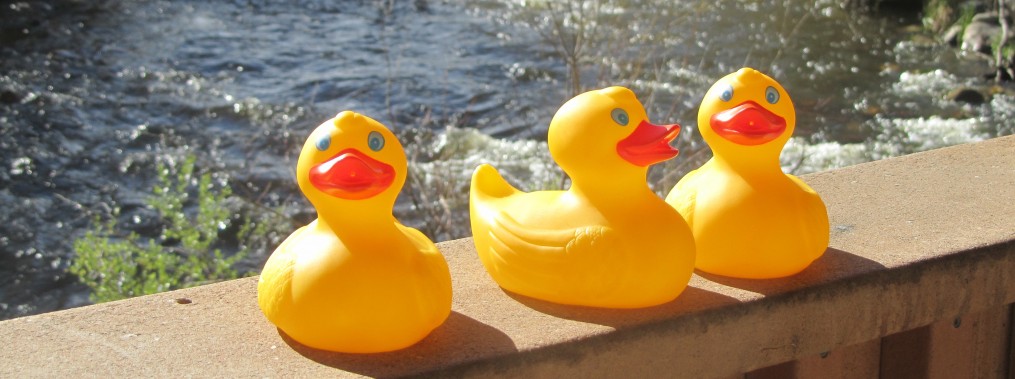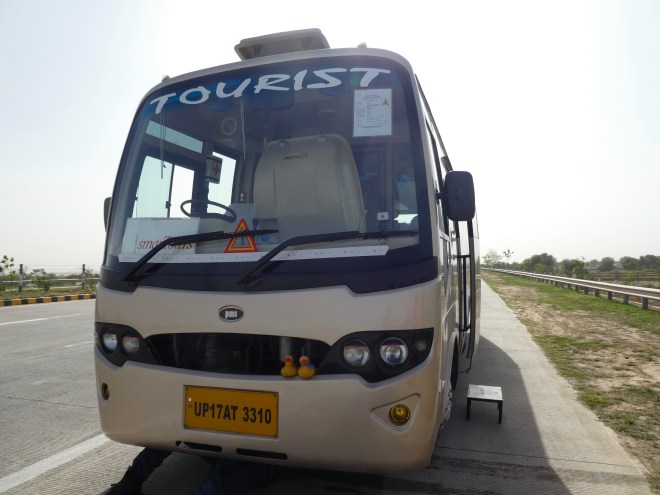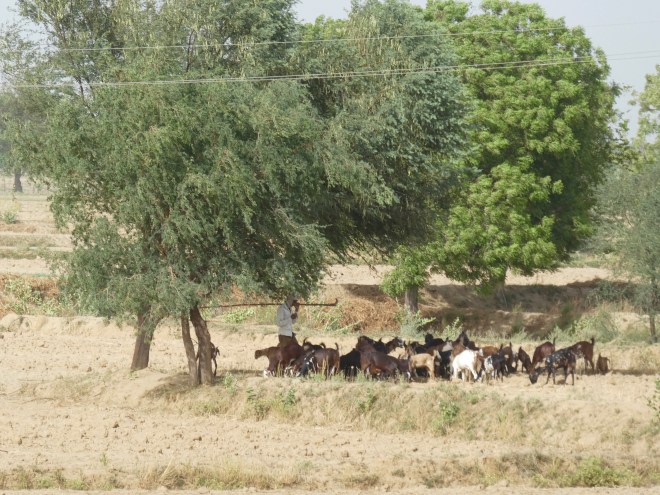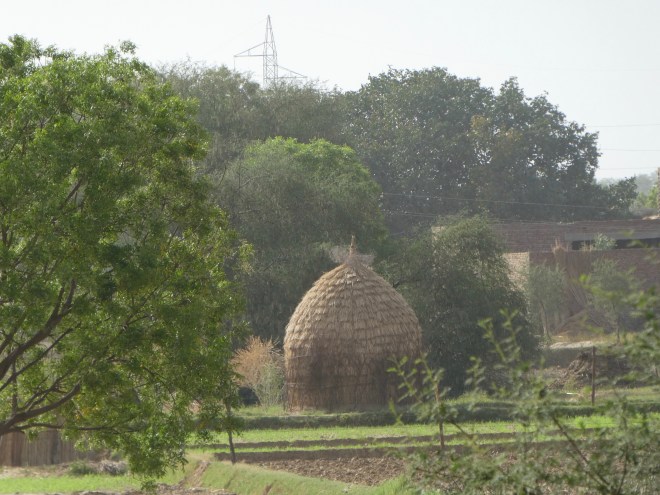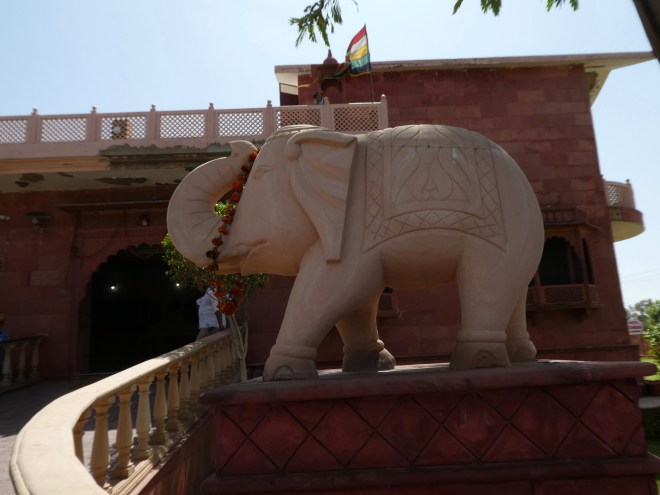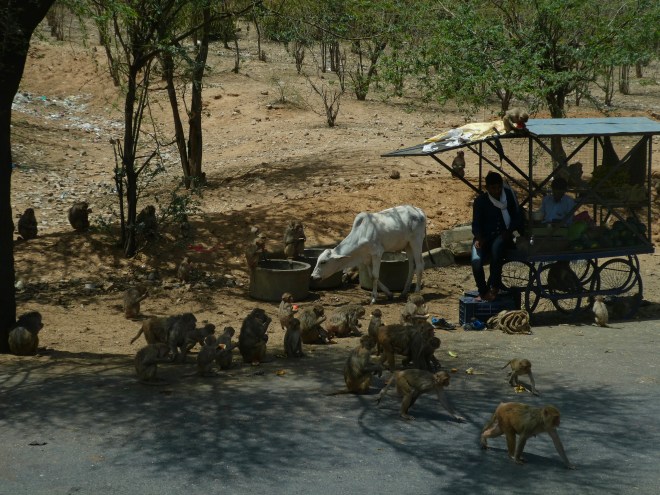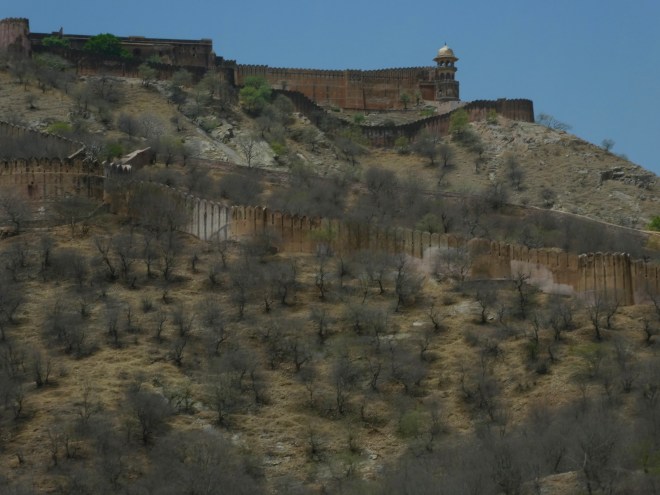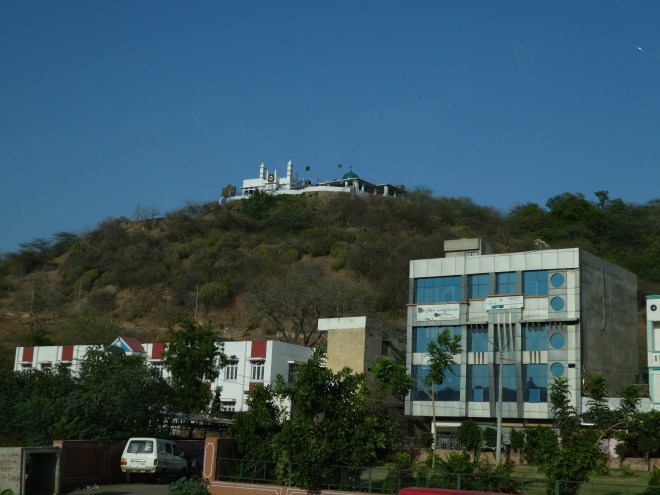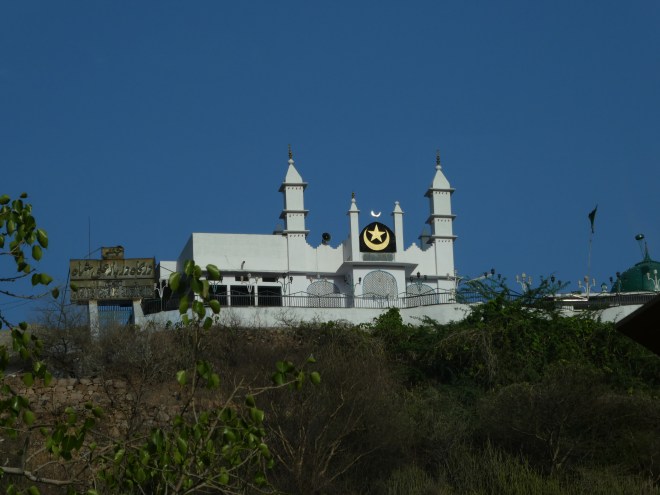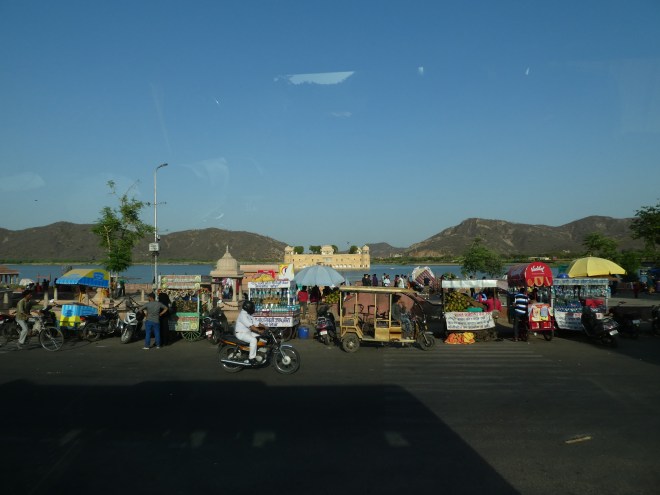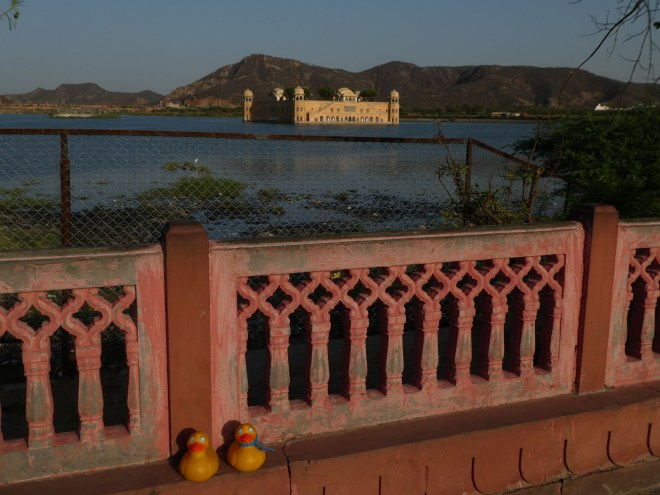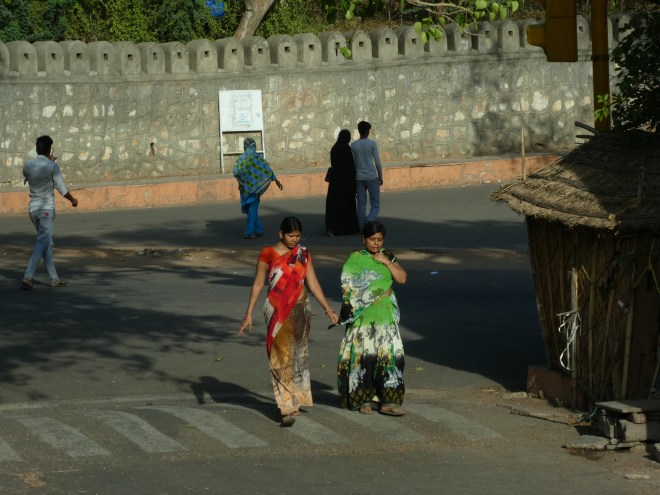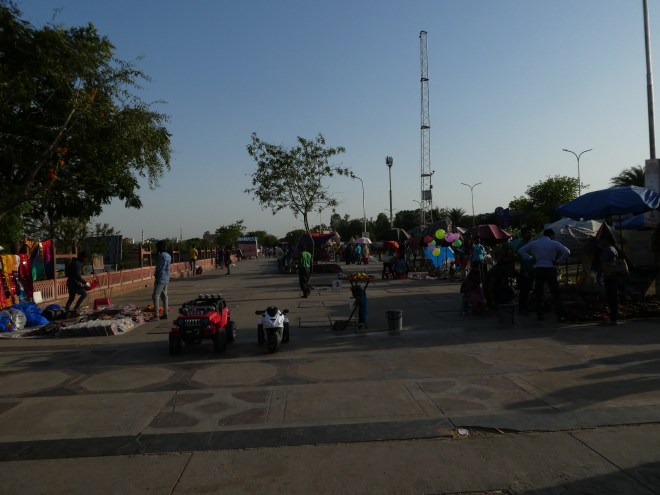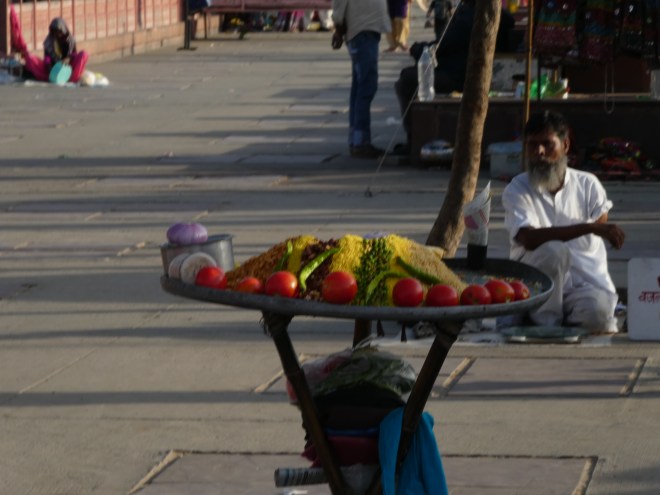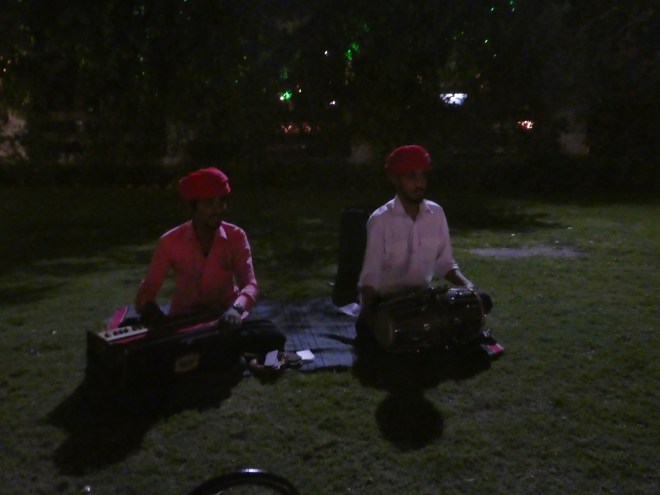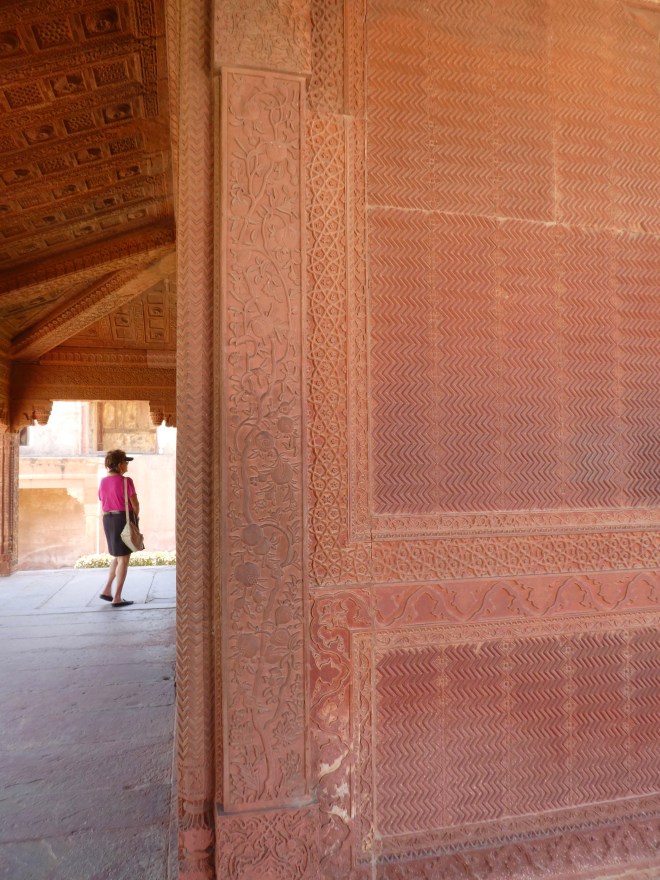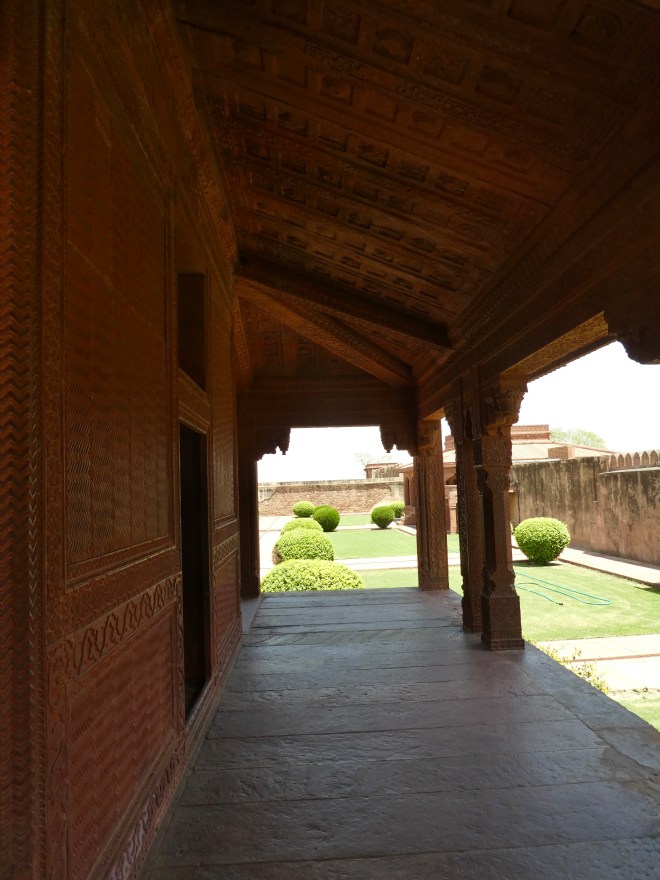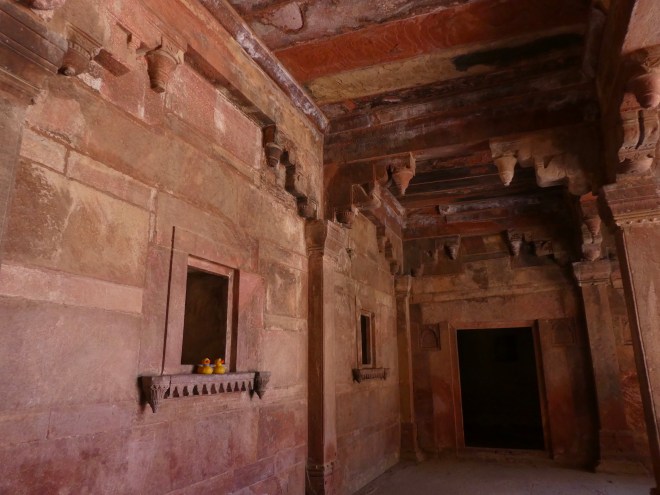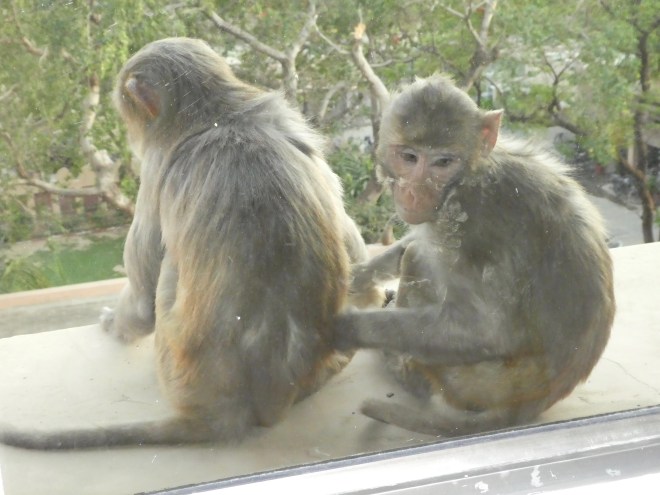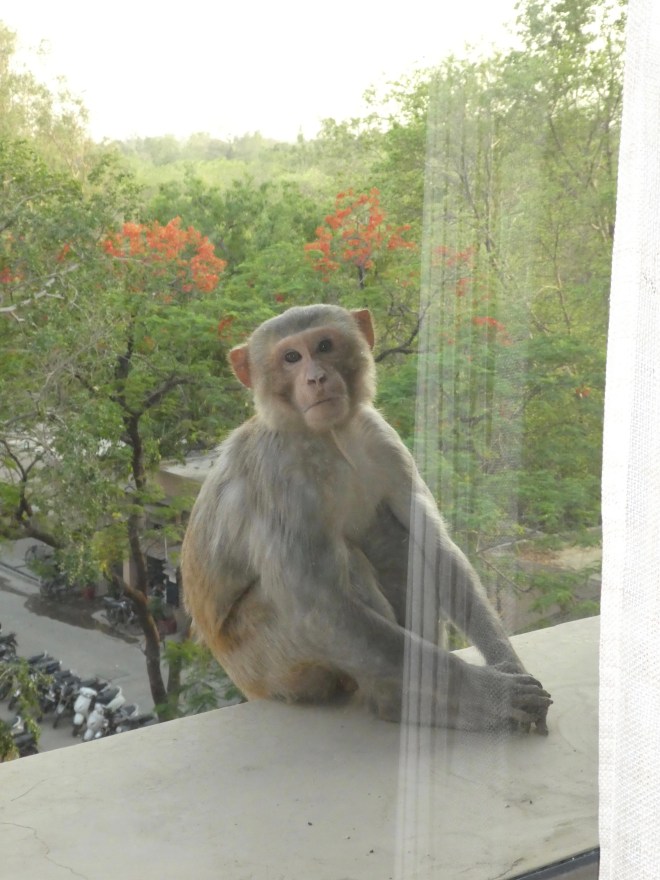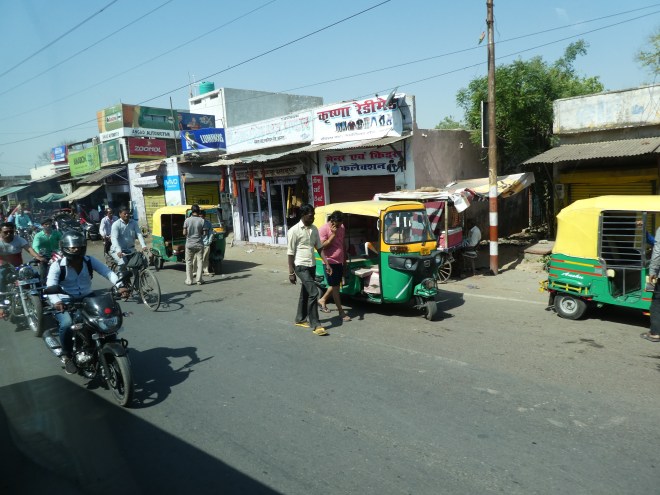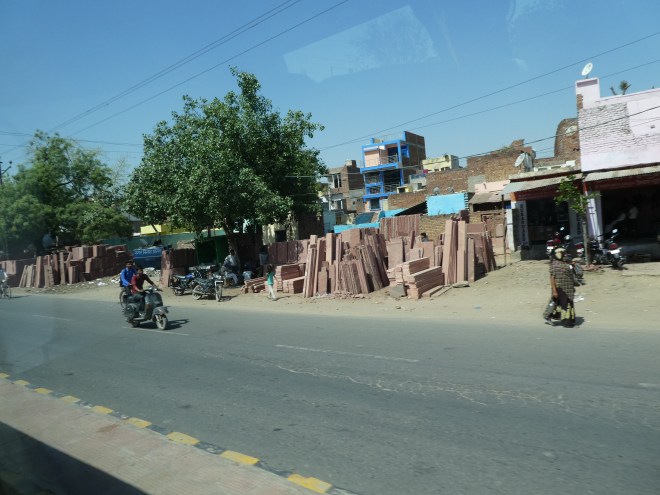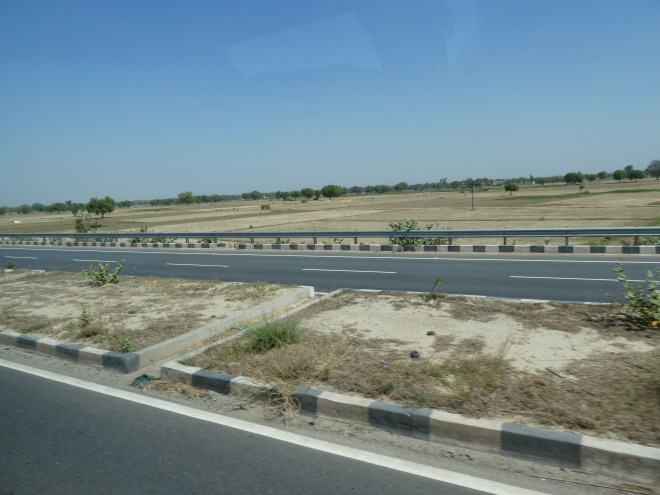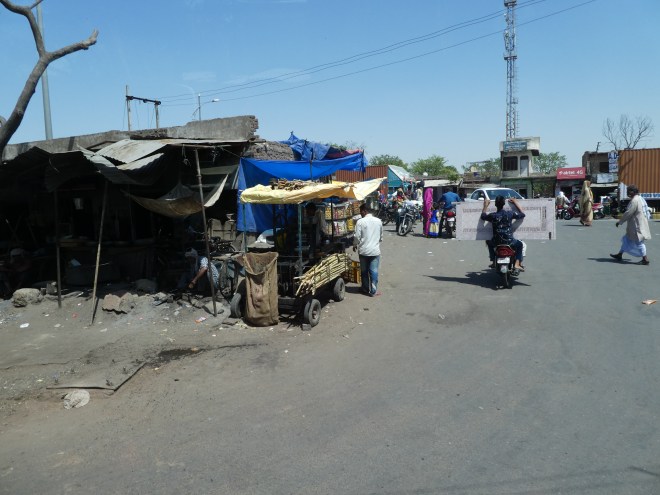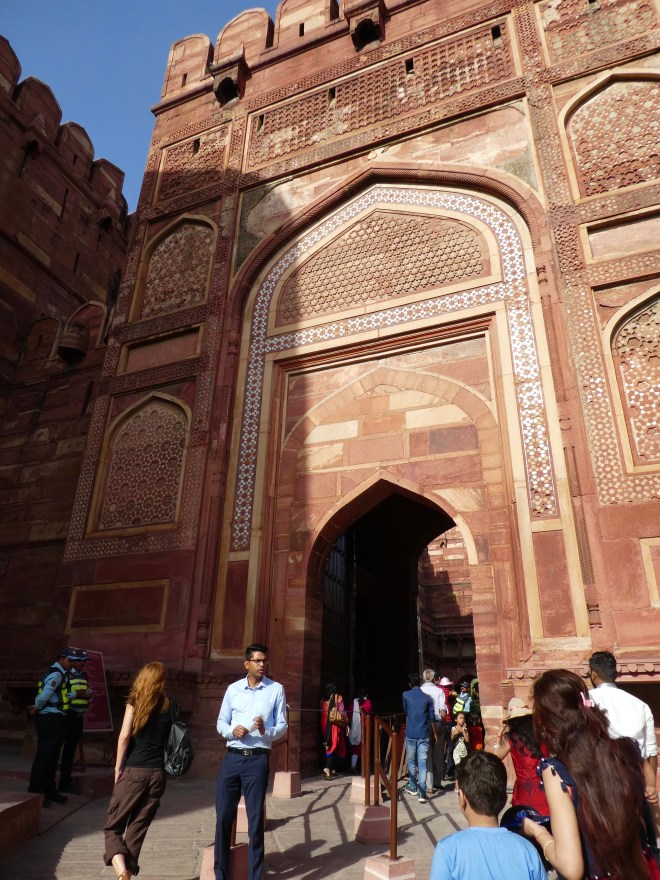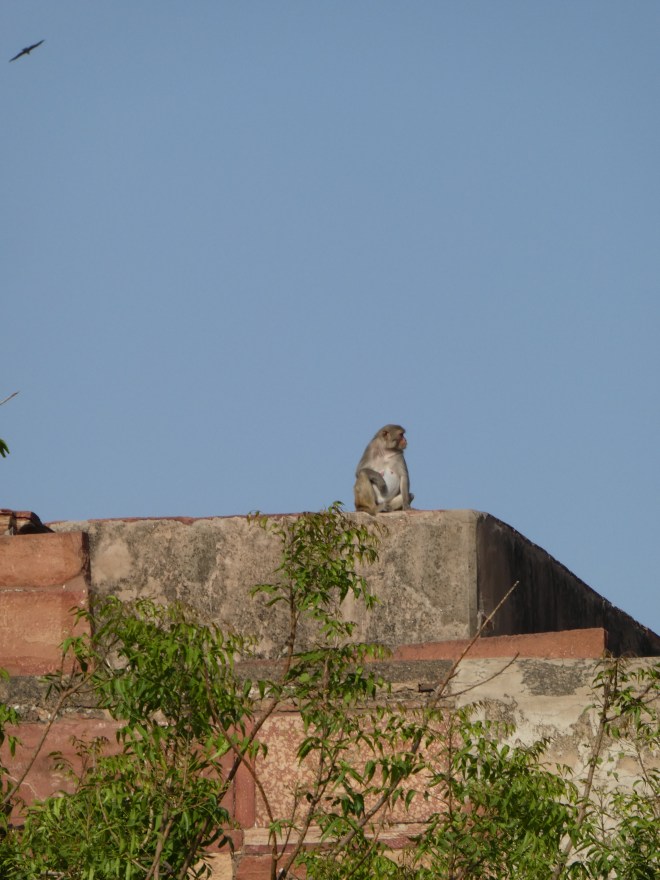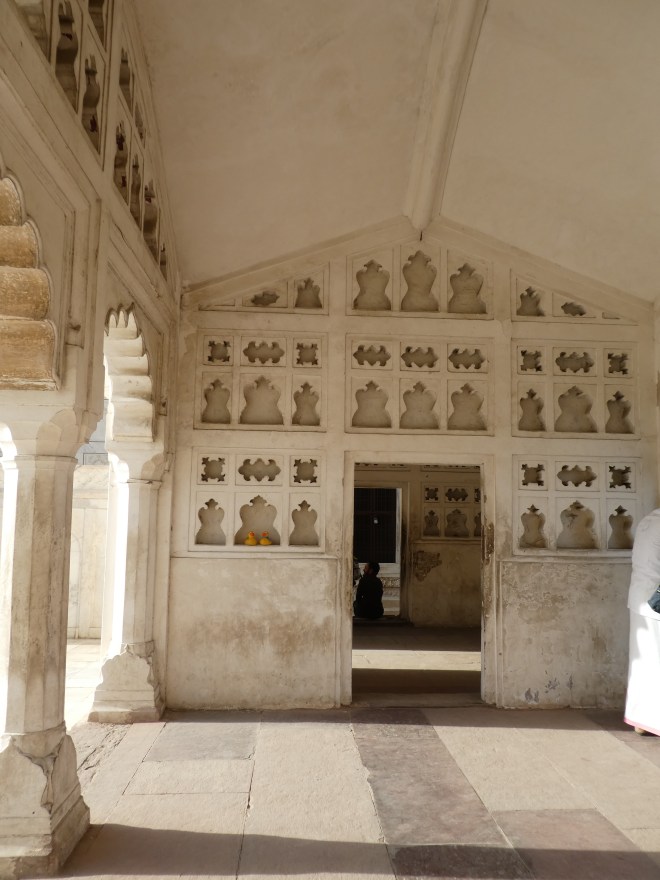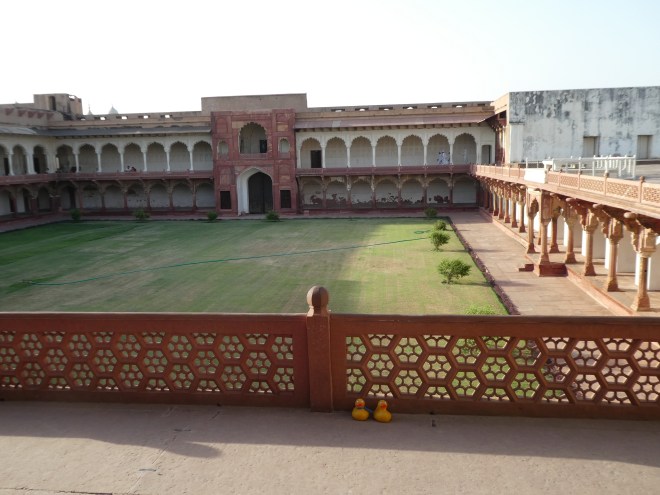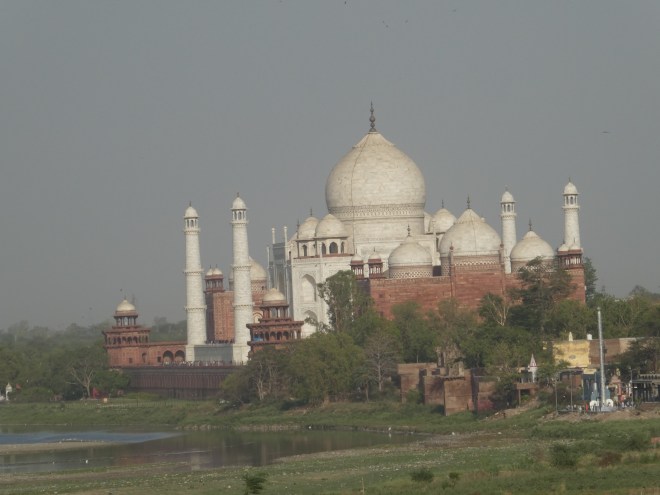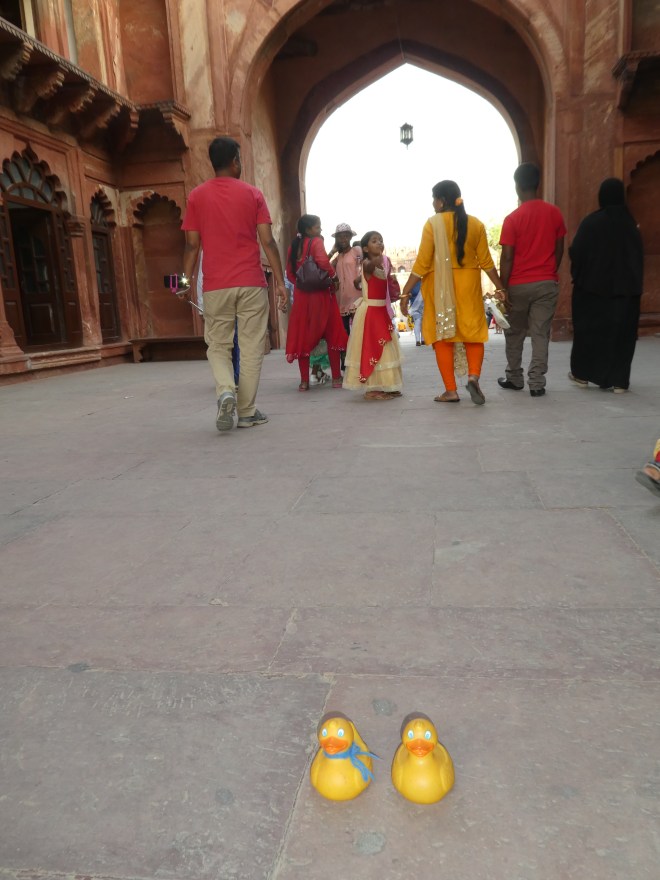Clive Cussler writes great books, and he owns great cars. At one time in his life, Clive Cussler, lived in Arvada, Colorado, near Denver. Mr. Cussler collects and restores classic cars. At any time, 60-70 of his cars are on display in his museum, near Denver. Mom and a friend recently accompanied me to the museum.
I really liked the first car we saw as we entered.
This 1956 Continental is gorgeous, and huge.
Each automobile has a sign to explain the history of the car. I decided to just show you the sign rather than paraphrase the information. Look at this bright pink car.
This is a 1936 Ford Cabriole Hot Rod. Mr. Cussler often has a character in his book, Dirk Pitt, drive a car like he owns.
This Cabriole was featured in Atlantis Found. And this bright red 1953 Allard J2X.
The 1953 Allard J2X was featured in his book, Shock Wave.
This Pierce Arrow was a surprise.
This is a 1937 Pierce Arrow Travelodge Trailer.
And we thought motor homes were relatively new. This orange car caught my attention.
This 1929 Duesenberg Model J-140 was featured in his book, Flood Tide. In the 1970s Mattel Toy Company patterned one of its famous “Hot Wheels” on this model. What is this? A boat in a car museum? Of course.
Clive Cussler has interests beyond writing and cars. He loves to locate shipwrecks. With this boat he helped find the H.I. Hunley, a Confederate submarine, the first submarine to ever sink a ship. This happened during the United States Civil War in 1864.
NUMA Survey is one of his boats. You have noticed the popularity of the new electric cars. But, maybe not really so new.
Here is a 1931 Detroit Electric Model 97.
Wooden wheels? Really?
Yes, really. Here is a photo of the wooden wheel on this 1931 Detroit Electric Model 97. When you are near Denver, you really would enjoy this museum. However, it is only opened in the summer. Check http://www.CusslerMuseum.com for more information. There is a motorcycle in here. And so many more cars. And they are not only clean and shiney, there is not a flake of dust near these cars. We hope you visit soon.
